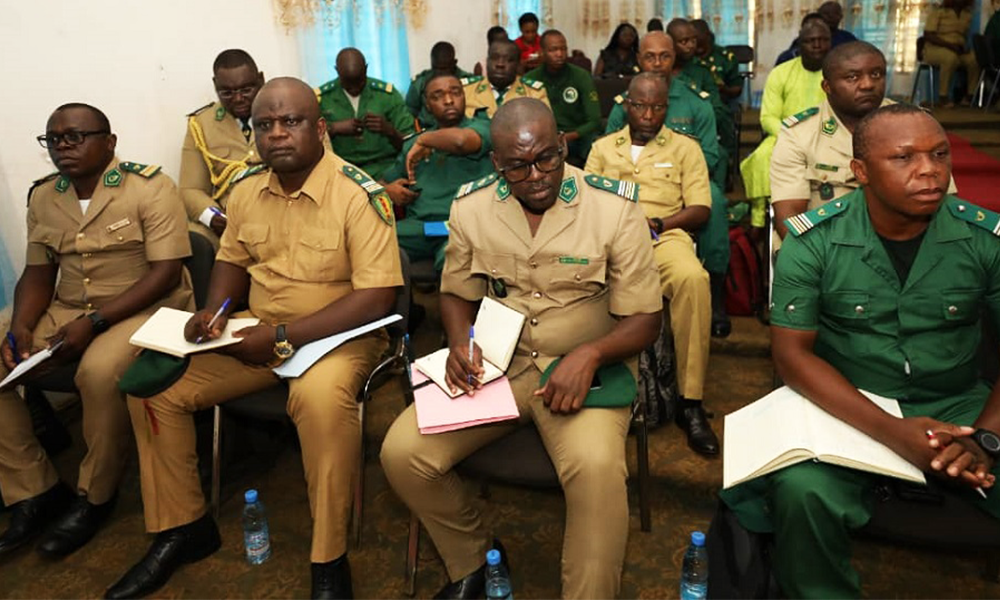
The Secretary General of the Ministry of Forestry and Wildlife, Joseph Nyongwen, representative of the minister, has presided over an important meeting regrouping all conservators of protected areas in the national territory. Meeting at the Mvog-Betsi zoological garden, the gathering aimed at examining the different stakes faced by protected areas and also give guidance on possible solutions for a better management of the said areas. Speaking during the meeting, the Secretary General reminded the conservators of their daunting task of ensuring the preservation of our rich and diversified wildlife biodiversity which constitutes about 350 animal species, more than 900 bird species, 210 species of serpents and many thousands types of insects. Wildlife conservation attracts a multitude of stakeholders and involves many conservation actors, sometimes even those whose interests run counter to the objectives associated with protected areas. In the midst of this, it is vital to recall the role of the state through Minfof, and to clarify the role of other stakeholders in achieving the objectives assigned to each protected area. The peculiarity of the management of wildlife and protected areas has permitted Cameroon to adhere to many international conventions, sign trans-border management agreements with neighbouring countries such as Chad, Central African Republic, Congo and Gabon. In spite of their huge responsibilities, unfortunately, some conservators indulge in practices that are contrary to professional ethics and deontology, thus contributing to hypothecating the achievement of expected results and tarnishing the image of Minfof. Some of such practices include: complicity and sometimes active involvement in acts of poaching, the introduction of transhumant herders into protected areas in return for remuneration, the tendency to operate without respect for hierarchical channels in the field, like the divisional or regional delegation as the case may be. He equally sited some of the challenges faced by protected areas which include large-scale cross-border poaching targeting emblematic species such as the elephant, hippopotamus, pangolin, primates, etc; encroachment on protected areas by transhumant herders and illegal gold diggers, accommodation for eco guards, tracks for monitoring and activities ecotourism, lack of means of transport, insufficient individual and collective equipment for eco guards, insufficient financial and human resources and the absence or obsolescence of development plans for certain protected areas. Cameroon has a vast network of protected conservation areas representing the country's ecosystems. Presently, this network comprises 37 sites which includes 22 national parks, 5 wildlife reserves, 6 wildlife sanctuaries, 3 zoological gardens and 1 botanical garden.
© 2021 MINFOF. All rights reserved| Designed by CI MINFOF